Have you ever heard of the 9 basic story plots of literature?

I can guarantee you have, you may just not know it. That’s because these story plots make up the foundation of almost every story ever told.
They’re classics.
Why?
Because they mirror human experience and draw emotion from the reader.
But if all stories can be simmered down to 9 basic story plots, you may be wondering:
Are All Story Plots the Same?

The answer? No, of course not!
But also, yes.
Confused? Fair enough. But hang with me a little longer.
The universality of books is something Christopher Booker discusses in his 2004 book: The Seven Basic Plots: Why We Tell Stories. And in it, he concludes that all stories fall into 7 basic story plots because of certain benchmarks they hit as their main character progresses along his journey.
What Booker is talking about is very similar to Kurt Vonnegut’s shape of stories, or story arcs, and indeed his basic story plots each have their recommended story arc to go with it. But they’re a little different, too. A little more structured.
That’s because Booker’s basic story plots aren’t just about the emotional journey of the main character, they’re also about the external story structure points required to get from point A to point B.
In other words, the story plot is what happens, and the individuality of each story is how you make it happen.
The best way to see this is by jumping in. You can also check out our handy interactive plot graph to see how the basic story plots work with story arcs to form the basis of a story.
So, to begin:
What Are The Basic Story Plots?

First, you may have noticed a discrepancy between the title of this post, which states there are 9 basic plot structures, and my reference to Christopher Booker who claims there are 7. Good on you.
The difference is that there were a few story types Booker didn’t feel were true stories. Or in other words, he feels that in some stories, the hero doesn’t do enough of the legwork or comes out emotionally unchanged.
I, however, disagree, so I included those he left out. Mystery, for example, is a very popular book genre because mysteries take the reader on a journey. And in the end, isn’t that really what storytelling is all about?
But I digress. So without further ado:
The 9 Basic Story Plots:
- Overcoming the Monster
- Rags to Riches
- The Quest
- Voyage and Return
- Tragedy
- Rebirth
- Comedy
- Mystery
- Rebellion Against “The One”
Overcoming the Monster

This story plot uses a Fall-Rise story arc or a Rise-Fall-Rise story arc.
To start, we’ll look at one of the oldest and most classic stories of them all. This is your good vs. evil. Your dragon-slaying knights and your superheroes. And its plot is fairly straightforward.
Some examples of Overcoming the Monster stories include:
- Sleeping Beauty
- The Dark Knight
- Any Spider-Man movie
- Godzilla
- All of the James Bond films
- Ender’s Game
Now that we have some examples under our belt, let’s look at:
Overcoming the Monster Plot Structure
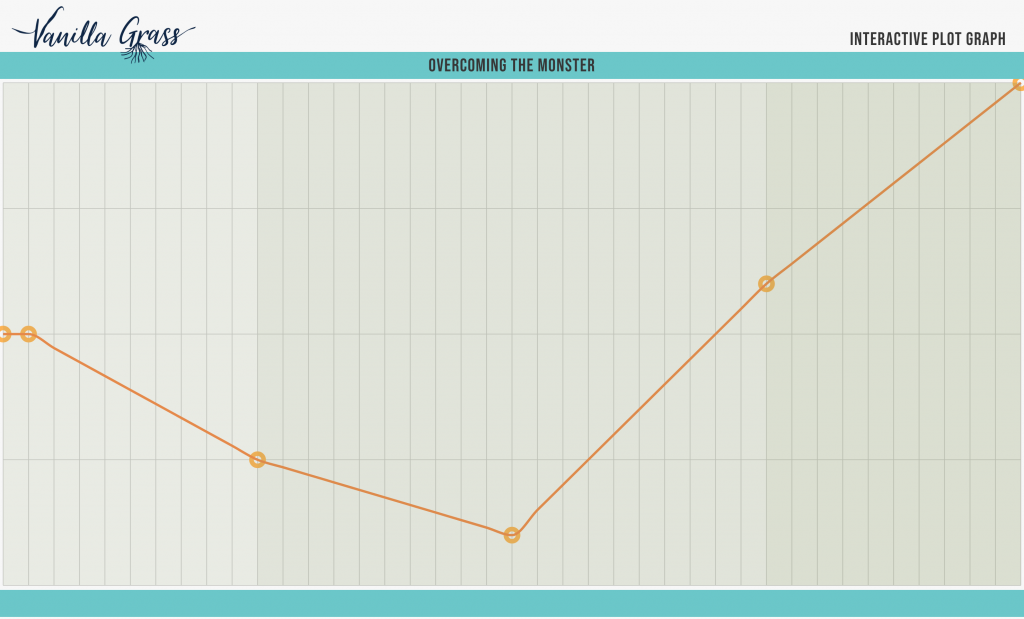
Act 1 – Anticipation – The story begins when the threat of the monster becomes known.
Inciting Incident: (The Call) – Then, the hero is called to confront the monster. A skill is learned. Or warnings are given which the hero either heeds or ignores.
Act 2 – Dream – All’s well as the hero preps for or journeys toward the monster.
Act 3 – Frustration – Next, the hero is outmatched in the battle against the monster.
Act 4 – Nightmare – Then, the hero engages in the final battle against the monster and all seems hopeless (the dark night).
Resolution – And finally, the hero beats the monster and gains love/treasure/kingdom.
And onward to the 2nd basic story plot, which is one of the most recognizable story types.
2. Rags to Riches
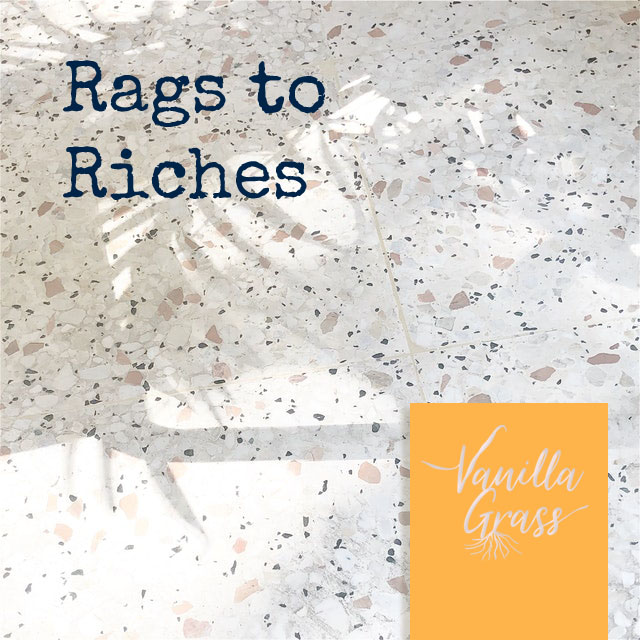
This story plot uses a Steady-Rise story arc or Rise-Fall-Rise story arc.
It’s a favorite among readers and is very popular in the romance genre. And it’s easy to see why.
Some Rags-to-Riches examples include:
- Cinderella (of course)
- Beauty and the Beast
- Any Korean Drama
- The Pursuit of Happyness
- Annie
- Pride and Prejudice
With these examples in mind, let’s explore the:
Rags to Riches Plot Structure

Act 1 – To start, the hero is unhappy and humble in terrible circumstances with little hope of escape.
Inciting Incident: Then, the hero is called out into the wider world.
Act 2 – Out in the world – Next, the hero enjoys initial success, higher status, and meets a love interest from a higher station or class.
Act 3 – Crisis – Following the adventure, the hero’s world falls apart and he loses his love.
Act 4 – Independence and Final Ordeal – The hero then finds true strength and proves it by defeating his rival/obstacle.
Resolution – And finally, the hero wins his true love and/or permanent higher status.
Now that we’ve gone over Booker’s 2nd story plot, we go to:
3. The Quest

This story plot uses a Rise-Fall-Rise arc or Steady-Rise arc.
The Romans and Greeks were particularly fond of this story type, but The Quest storyline can be found throughout literature.
Examples of The Quest story plot:
- The Odyssey
- Moses freeing the Israelites in the Bible
- Treasure Island
- Harry Potter and the Deathly Hallows
- Some of C.S. Lewis’ Chronicles of Narnia like The Voyage of the Dawn Treader
- J.R.R. Tolkien’s The Lord of the Rings (but NOT The Hobbit)
- Guardians of the Galaxy
Now, let’s look at:
The Quest Plot Structure
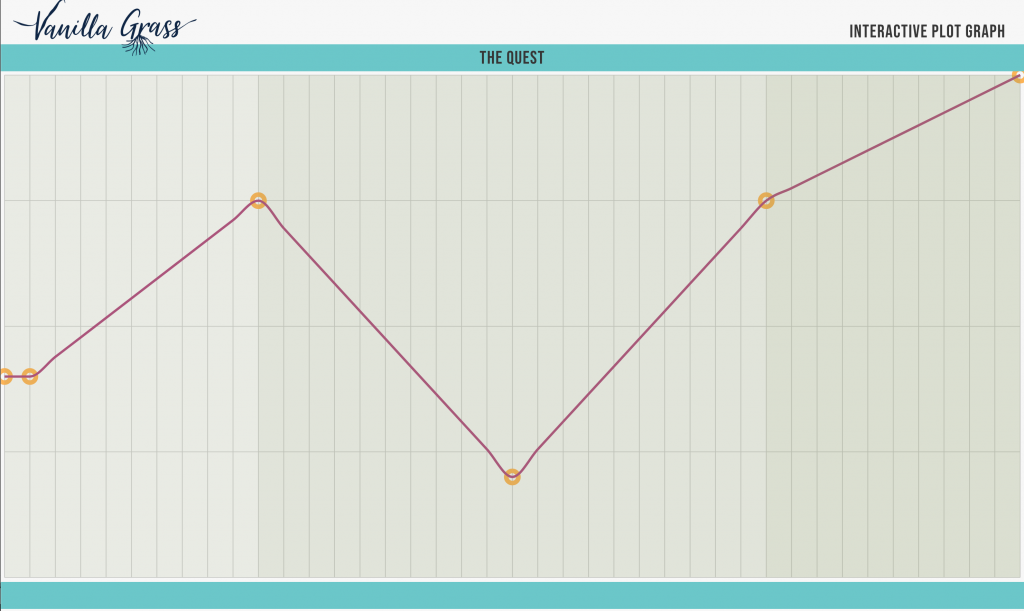
Act 1 – First, the story begins in a “City of Destruction” where life is intolerable or oppressive.
Inciting Incident – Then, the hero gets a vision or supernatural call that says the key to making things better is to go get something from far away.
Act 2 – The Journey: Next, the hero travels to the goal, having adventures along the way, gaining helpers and encountering monsters, temptations, dangers, and the ghosts of failed heroes.
Act 3 – Arrival and Frustration – Within sight of his goal, the hero finds another terrible set of obstacles to overcome.
Final Ordeal – Then, the hero faces a final set of tests and his toughest fight yet.
The Goal – And finally, the hero survives and gets the treasure, princess, kingdom, peace, etc. forevermore.
And for the 4th storyline type:
4. Voyage and Return

This story plot uses a Fall-Rise, Fall-Rise-Fall-Rise, or Rise-Fall-Rise story arc.
Similar to The Quest, Voyage and Return involves a journey by the main character. It’s differences lie in the purpose and the outcome. The end of this type of story doesn’t involve conquering a monster and obtaining something new, but instead revolves around escaping trouble and returning to a better version of home (often because the MC is more grateful for what they have).
Examples of the Voyage and Return basic story plot:
- The Hobbit
- Harry Potter and the Goblet of Fire
- Thor
- Jack and the Beanstalk
- Where the Wild Things Are
- Frozen
- Alice in Wonderland
Next, we will look at:
Voyage and Return Plot Structure
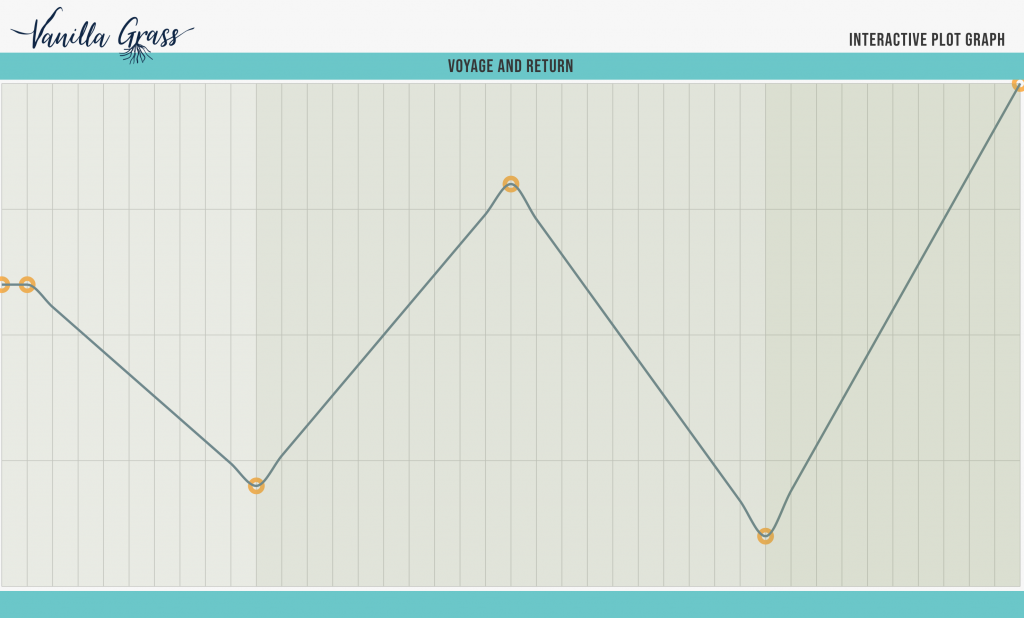
Act 1 – The hero starts out bored, curious, reckless, or otherwise open to a new experience.
Inciting Incident – When suddenly, the hero is transported to a strange new world.
Act 2 – Dream – The hero then explores the new world, finding it puzzling but fascinating (fun and games).
Act 3 – Frustration – Gradually, the world becomes alarming, frustrating, oppressive, or difficult.
Act 4 – Nightmare – Then, a serious threat to the hero’s survival arises.
Resolution – And finally, the hero manages a thrilling escape and return.
But not all stories end with a happily ever after. That leads us to:
5. Tragedy
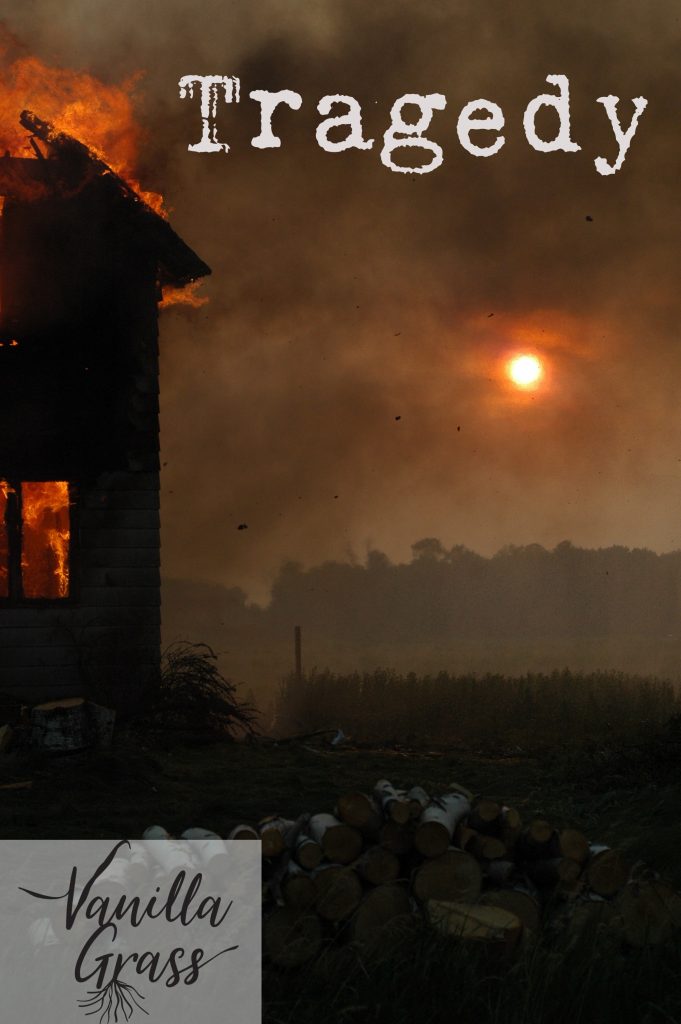
This story plot uses a Steady-Fall story arc, Rise-Fall, or Fall-Rise-Fall / Northrop Frye’s Inverted U.
Unlike the other story arcs we’ve gone over, the story arcs involved in a tragedy end with a Fall.
Examples of a Tragedy story plot:
- Titanic
- Grave of the Fireflies
- The Last Samurai
- Romeo and Juliet (and a lot of other Shakespeare)
Now that we’ve gone over some tragic examples, let’s go through the:
Tragedy Plot Structure
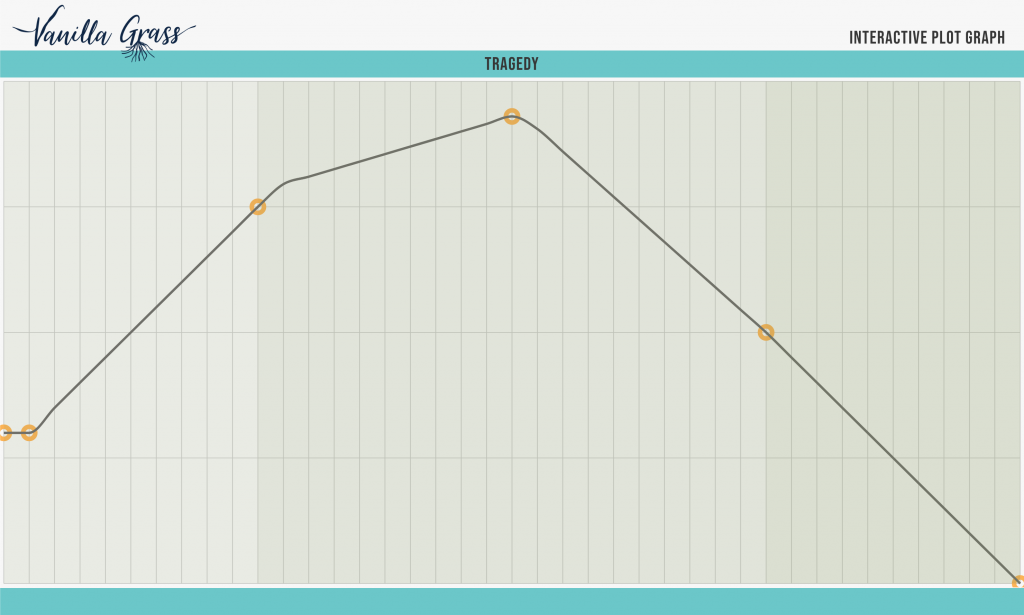
Act 1 – Anticipation – The hero starts out unfulfilled and wanting more.
Inciting Incident – Temptation – Next, the hero focuses on some object of desire or course of action (usually something forbidden).
Act 2 – Dream – The hero then commits to his goal and things go amazingly well for him.
Act 3 – Frustration – Gradually, things start to go wrong and the hero may resort to desperate and unwise actions that cannot be undone.
Act 4 – Nightmare – Next, the hero loses control of the situation and the forces of opposition close in around him.
Resolution – And finally, the hero is destroyed in some way. Or lives but is a shell of who he used to be.
On a happier note, we head into some lighter fiction.
6. Rebirth

This story plot uses a Steady Fall + Sharp Rise (Miracle), Fall-Rise-Fall + Miracle, or Rise Fall Rise arc.
These stories actually mirror tragedies until the very end. They’re heavy in Deus Ex Machina miracles at the end and often focus on spiritual or supernatural elements to drive the story.
Examples of the Rebirth basic story plot:
- Sword in the Stone
- Shannara Chronicles
- Pinocchio
- Snow White
- The story of Christianity
- And The Bible’s Adam and Eve.
Following these positive examples, let’s explore the:
Rebirth Plot Structure
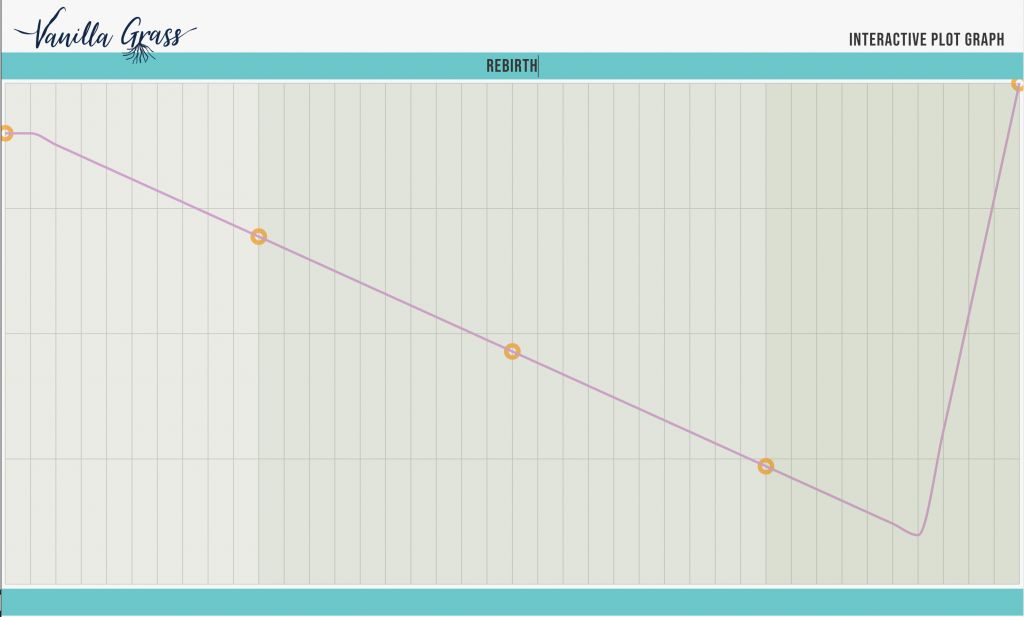
Act 1 – To begin, the hero falls under the shadow of the dark power.
Act 2 – Things seem to go well at first, and the threat seems to recede.
Act 3 – Then, the threat returns in full force, imprisoning the hero in a state of living death.
Act 4 – The dark power seems to completely triumph.
Resolution – And finally, the hero is miraculously rescued.
Next, we have:
7. Comedy
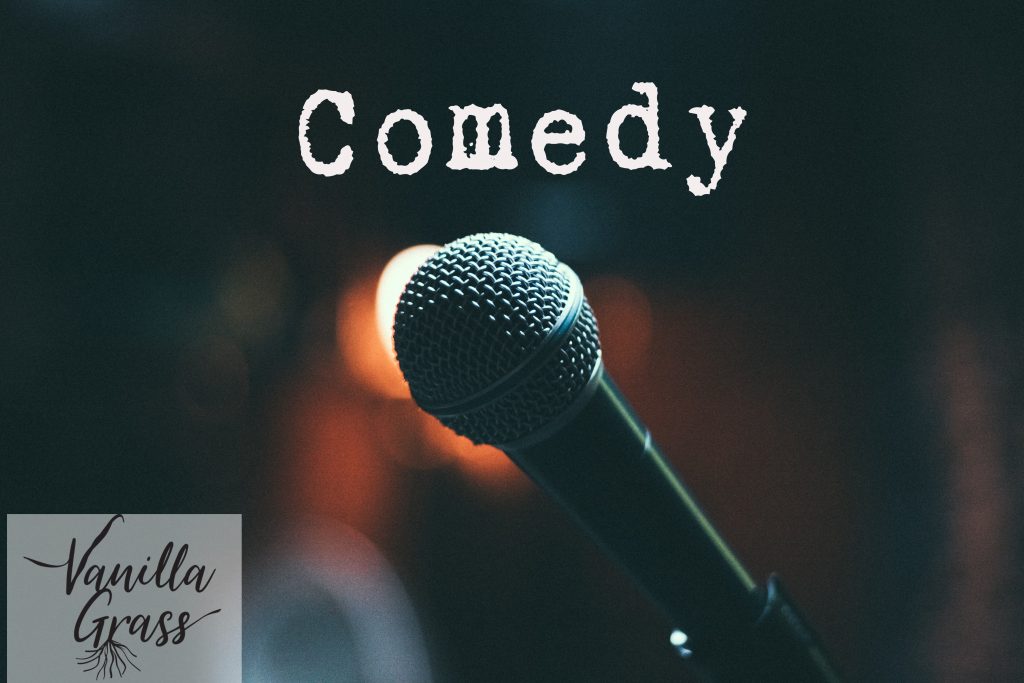
Fall-Rise, or Steady Fall with a Sharp Rise
While Booker doesn’t assign an act structure to comedies, there are standard requirements for comedies that the literary world generally agrees upon.
- Comedies have to have a happy ending.
- They often involve finding love.
- And they include humor or satire
Examples of comedic stories:
- The Importance of Being Earnest
- A Funny Thing Happened on the Way to the Forum
- Hitch
- Most Rom-Coms, like How to Lose a Guy in 10 Days
- What’s Up Doc?
- Hitchhiker’s Guide to the Galaxy
The comedy story plot also differs from the others because Booker did not actually give an act structure for comedic stories, but instead gave 3 stages.
Booker’s 3 Comedic Stages

Stage 1: The situation the main character finds himself in is overshadowed by uncertainty, confusion, misunderstandings, etc. that are usually caused by someone’s (often many people’s) negative character traits.
Stage 2: The situation worsens.
Stage 3: The negative traits are overcome and the confusion and uncertainty is cleared up for a happily ever after.
Pretty basic, right?
That said, I went ahead and made an act structure for Comedy that I feel fits well with the examples given above.
Now, let’s take a look at:
Comedy Plot Structure
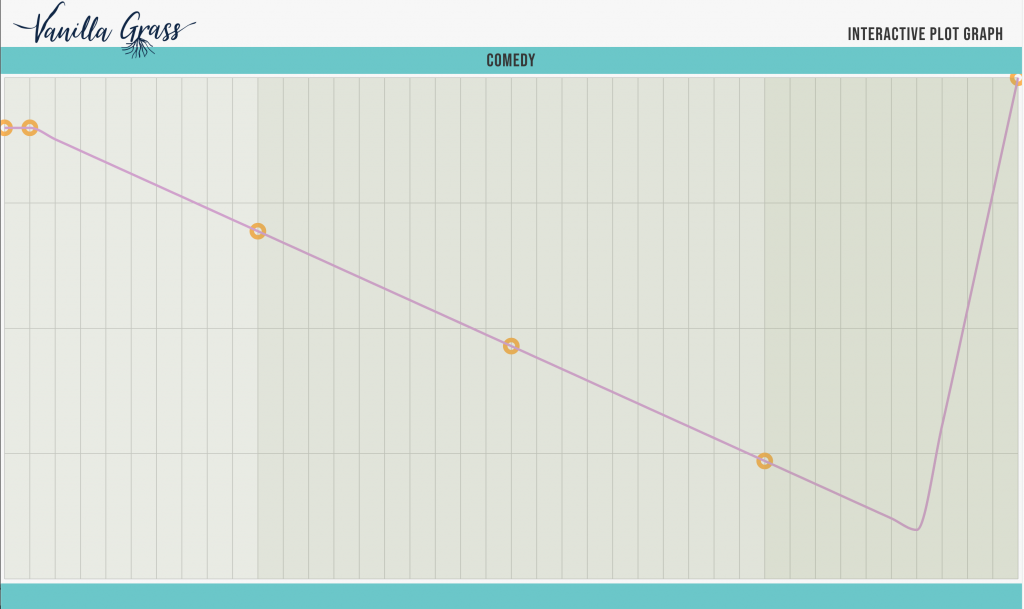
Act 1 – The hero starts out complacent.
Inciting Incident – A misunderstanding or small (white) lie takes place, usually by or about the hero.
Act 2 – Then, the hero attempts to clear up the misunderstanding but makes things worse, or the hero double downs on the lie because of a negative character trait.
Act 3 – Others come to help the hero clear up the misunderstanding and more misunderstandings occur, usually complicating the original misunderstanding or lie.
Act 4 – Over time, the misunderstandings/lies come to a head, usually with everyone present. A (non-permanent) falling out between characters (especially in romances) sometimes occurs here.
Resolution – And finally, the misunderstandings and lies are resolved with love and understanding (or marriage in a romance novel).
With comedy under our belts, we head to a cozy classic:
8. Mystery

This story plot uses Fall-Rise or Rise-Fall-Rise story arcs.
The mystery genre is another that Booker treats differently, but that deserves to be included. Agatha Christie, alone, is a master of this genre and said to be the world’s best-selling author of all time.
Examples:
- Knives Out
- Popular murder mystery series like Murder She Wrote
- Or more modern, NCIS.
- Murder on the Orient Express
- Anything else by Agatha Christie
Similar to Comedy, Booker does not give an act structure for mysteries, simply defining them as stories where an external character with no personal-interest in the case works to solve a heinous crime.
Of course, this is not always true, as in the case of Murder on the Orient Express, where the main character, Hercule Poirot, does have some self-interest in solving the case. This is true for running crime television series as well, like Psyche, where some cases are intensely personal to the sleuth.
That said, I’ve put together an act structure for mysteries that fits well with the genre.
Mystery Act Structure
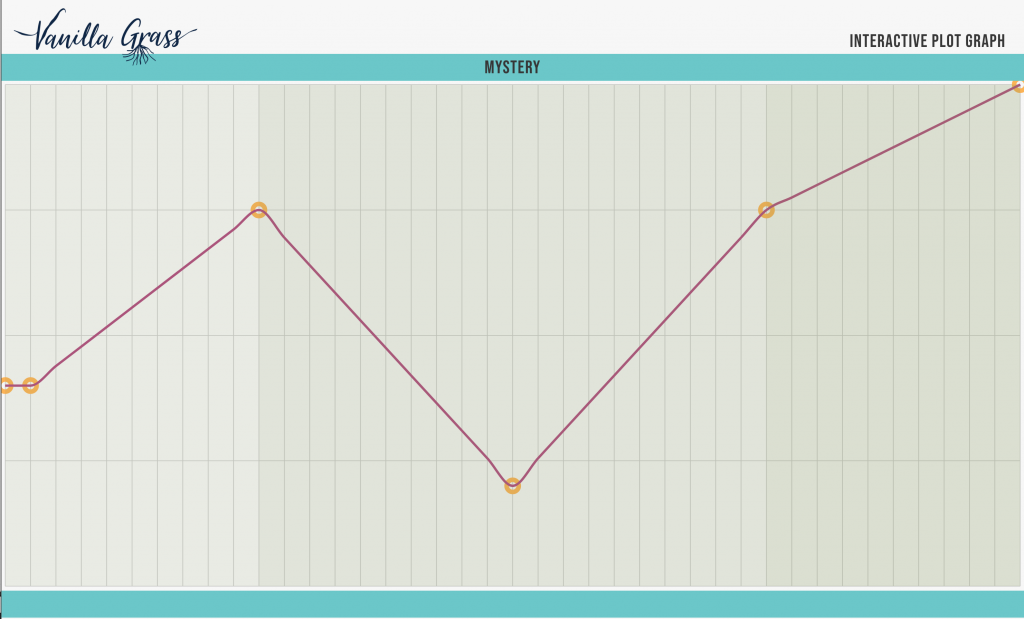
Act 1 – The hero starts out by going about their business, sometimes at a party or event.
Inciting Incident – Next, a horrendous event or drama occurs (like murder), with the hero as an outside party.
Act 2 – The hero then sets out to discover the truth, talking to people involved and searching for clues, seeming to make progress.
Act 3 – Frustration – After a while, the hero suspects one person/device/scenario in particular which proves to be wrong (and in the case of the suspected person, often winds up dead themselves).
Act 4 – After the misdirect, the hero makes accusations and declares they know who really did the unspeakable crime, usually in the presence of a law enforcer and/or many of the suspects.
Resolution – And finally, the hero is proved correct and the guilty party is taken into custody.
While mysteries are a classic, nothing can leave a scathing commentary about humanity quite like the next story plot. So, lastly, we have:
9. Rebellion Against “The One”

This story plot uses Fall-Rise-Fall or Steady Fall story arcs.
One way to describe this basic story plot is Rebirth meets Tragedy. The hero struggles with all his might to make a difference and change the world and fails miserably against an all-powerful entity who crushes the MC instead of saving him.
Furthermore, tragic stories are usually rife with social commentary and satire.
Examples of Rebellion Against “The One”:
- 1984
- Animal Farm
- The Two Towers
- The Avengers: Infinity War
- Brave New World
- Oryx and Crake
To explore this basic story plot further, let’s look at the:
Rebellion Against “The One” Plot Structure

Act 1 – To begin, the hero starts under the power of “The One” or an all-powerful entity that controls the world
Act 2 – Slowly, the hero realizes he is a solitary figure who feels “The One” is a fault and that he must preserve his independence or refusal to submit.
Act 3 – Then, “The One” destroys everything the hero has in attempts to quell the rebellion.
Act 4 – Finally (and bleakly), “The One” triumphs over the hero by breaking him completely
Resolution – No one rescues the hero and the hero submits to “The One” with a broken spirit.
And that’s the 9 basic story plots that make up the beloved stories we all read and write.
If, however, you’re still struggling to see these plots in action, I’ll end this post with an example.
We’ll take a plot from Overcoming the Monster since they have a fairly straightforward course of events. And to make things even easier, we’ll use a well-known story with actual monsters.
Overcoming the Monster Story Example: Jurassic Park
Act 1 – Anticipation – Dr. Grant and Ellie (and the audience) are flown to a jungle island to see that dinosaurs are alive and well.
Inciting Incident: The electricity is turned off and the T-Rex attempts to eat them.
Act 2 – Dream – In this act, our heroes split up, but each group makes headway respectively. Dr. Grant gets the kids back to the center. Electricity starts turning back on. And the main heroes are all still alive, if not battered a bit.
Act 3 – Frustration – Velociraptors. Need I say more? Okay, for clarity I’ll elaborate. While many of the cages and power sources are functioning once more, it’s too late. The conniving and deadly velociraptors have escaped their cages and begun hunting (successfully, I might add) people.
Act 4 – Nightmare – The heroes are reunited under the duress of not only the velociraptors but also the T-Rex who is still on the prowl.
Resolution – Through some frantic scrambling, a giant dollop of luck, and a well-timed helicopter, the heroes escape the island, all the richer for their newfound love for each other.
Note: In Jurassic Park, the actual overcoming of the monsters is implied at the end. I.e. because they escaped, the island will now be destroyed, along with all the man-eating dinosaurs who live upon it. Of course, we know that didn’t happen, but that’s a different story. 😉
Basic Story Plots Conclusion

As we wrap up, keep in mind that many stories can have elements of other basic story plots. Jurassic Park, for instance, could also fit into the Voyage and Return story act structure.
So, go ahead! Write a list of your favorite movies or books and figure out which basic story plot they fit under. Then, pick one so you can write your own book or screenplay.
And if you weren’t sure about the story arcs, check out this section on story shapes in our Ultimate Guide on Story Structure. Or to lay out the plot points of your own story visually, be sure to check out our interactive graphs!
Now, get writing!
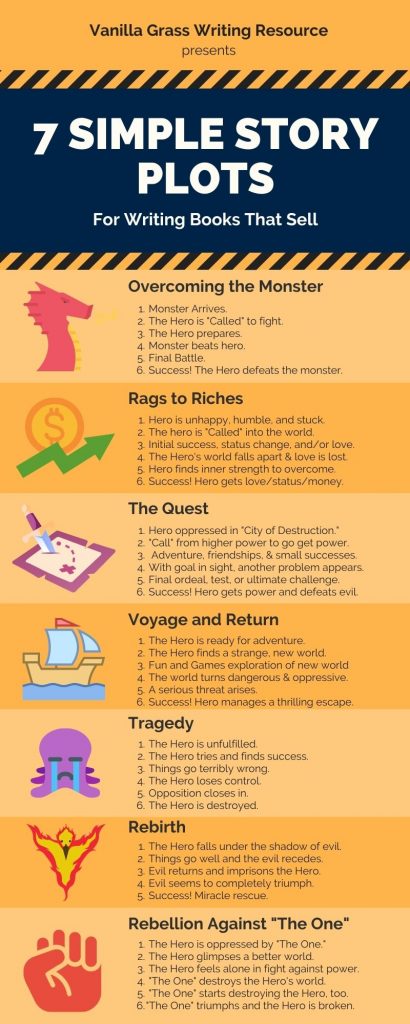
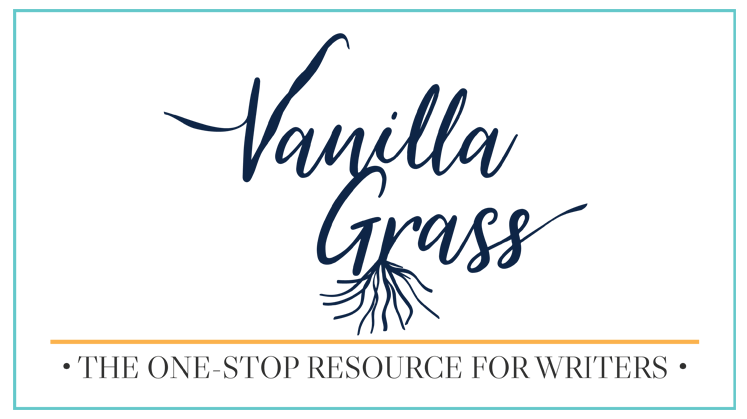
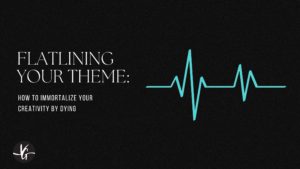


I have read so many posts about the blogger lovers however this post is really a good piece of writing, keep it up